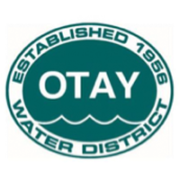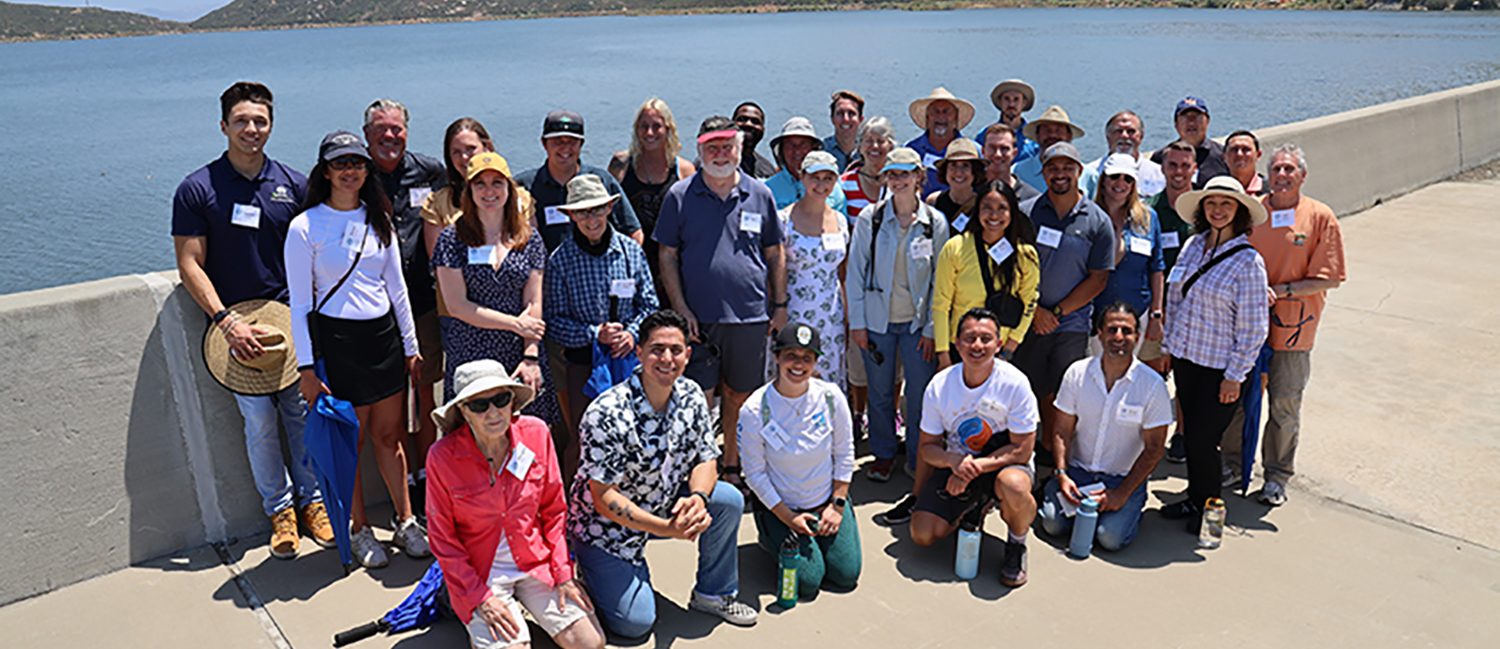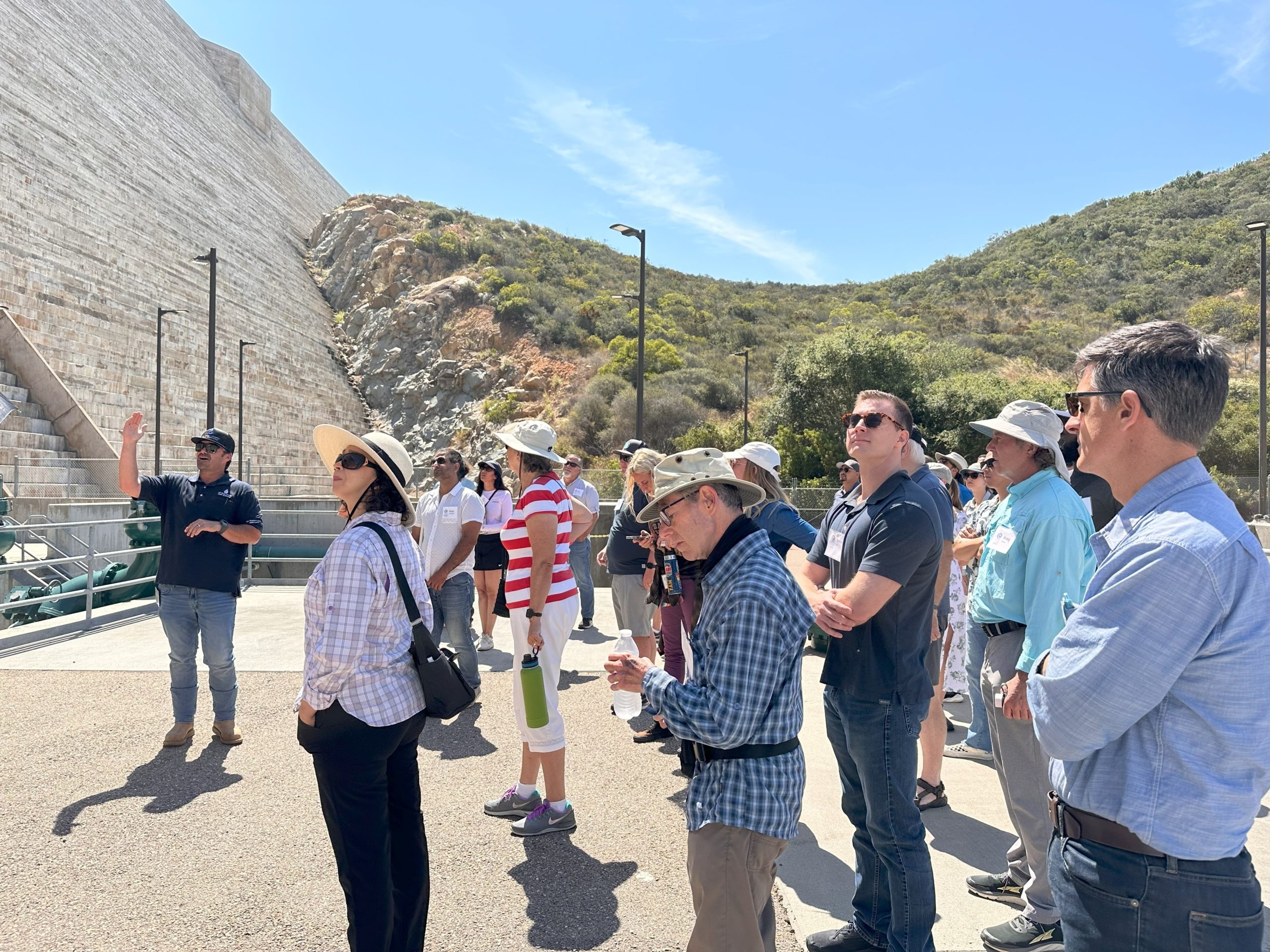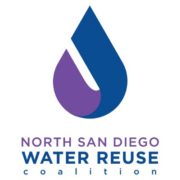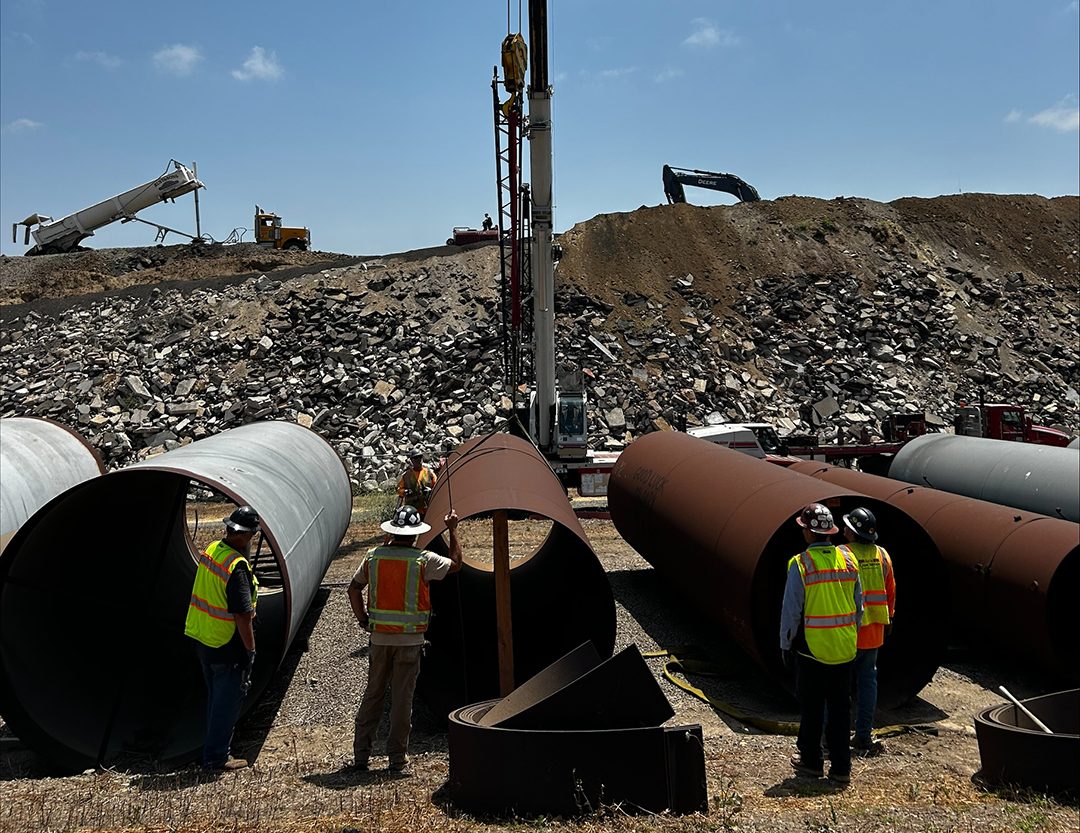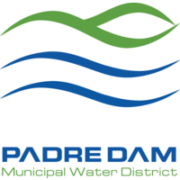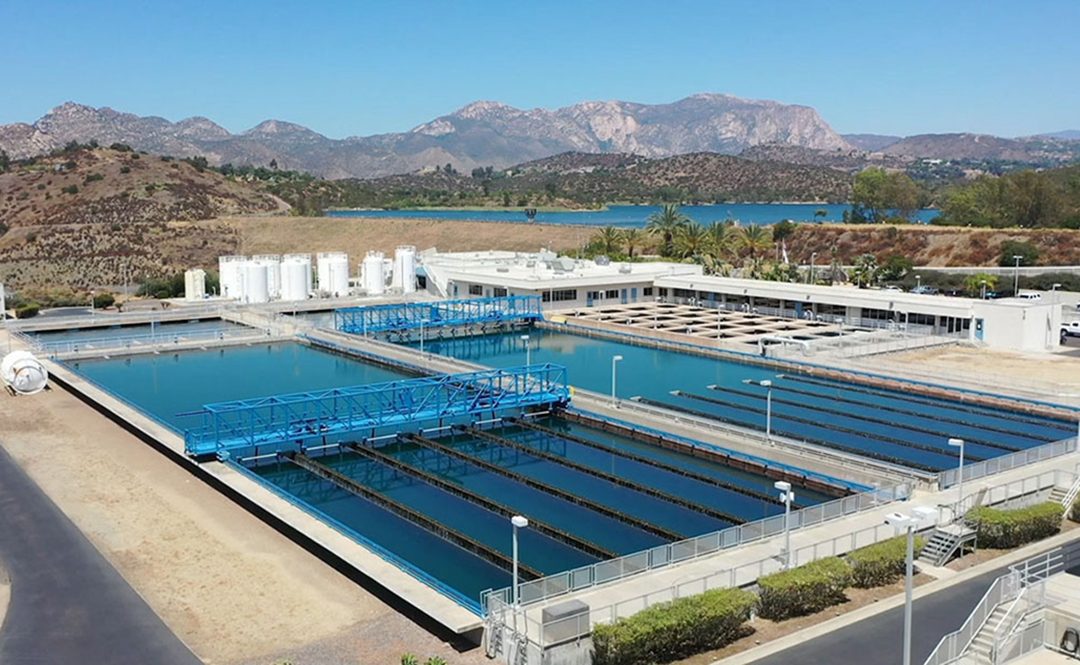Tijuana Water Deliveries, Explained
Over the last few weeks, several stories have come out about water deliveries being made to the city of Tijuana. Here’s some of the basics behind this unique international agreement.
Whose water is it? Mexico’s. Water delivered through the Emergency Deliveries Agreement is a portion of the Colorado River supplies allotted to Mexico under the 1944 Treaty.
Where does it come from? Under normal conditions, Tijuana’s supply of Colorado River is diverted from the Morelos Dam, about 1 mile downstream of the California and Baja California boundary, south of Yuma, Ariz. Water is transported west through the Alamo Canal to Mexicali, and then through the Tijuana Aqueduct to Tijuana, for a total of about 150 miles.
Under emergency conditions, Mexico’s Colorado River supply to Tijuana is diverted at Lake Havasu and transported through Metropolitan’s 242-mile Colorado River Aqueduct before being conveyed through MWD, Water Authority and Otay Water District distribution systems.

Daytime papel picado framed view of the iconic landmark arch of downtown Tijuana, Baja California, Mexico.
When did deliveries start? The Agreement was signed in 1972, and several amendments (minutes) were signed since then that document the authorization of emergency deliveries to Mexico. Delivery volumes have varied from 0 to nearly 10,000 acre-feet per year; the maximum annual delivery volume, per the agreement, is 14,400 acre-feet.
Emergency deliveries occurred throughout the 1970s and stopped from 1981-2002. Deliveries started up again from 2003-2012, with another hiatus from 2013- 2017. Most recently, Mexico has requested emergency deliveries every year from 2018 -2024, except for 2021.
How many agencies are involved? A number of agencies from the federal, state, local and Mexico governments are involved. On the U.S. side, this includes the Bureau of Reclamation, the U.S. International Boundary and Water Commission, Metropolitan Water District of Southern California, San Diego County Water Authority and Otay Water District. South of the border, the National Water Commission, Mexico’s International Boundary and Water Commission, State Public Utility Commission of Tijuana (CESPT) and other agencies are involved.
What does the current agreement include? The current agreement, which expires in 2027, includes procedures and schedules for annual emergency delivery requests, capacity determination by the California Agencies, base cost of deliveries calculation and fund balance requirements.
With each annual request by Mexico, the California Agencies must agree to deliver the requested delivery volumes based on available capacity within their respective systems. Additionally, funds must be provided by Mexico in advance of water deliveries.


